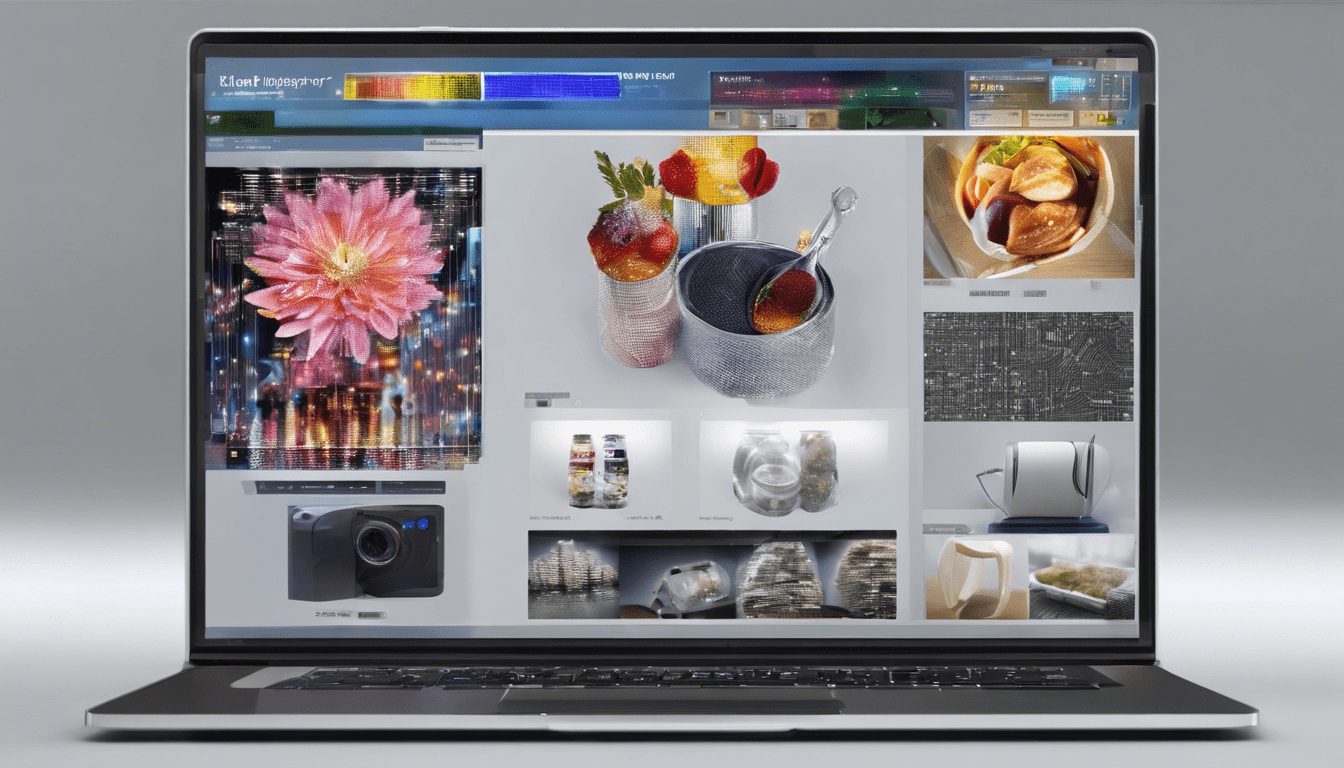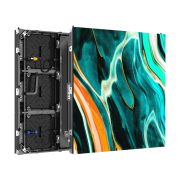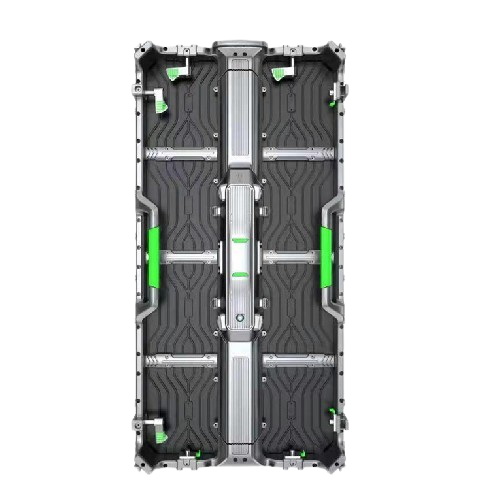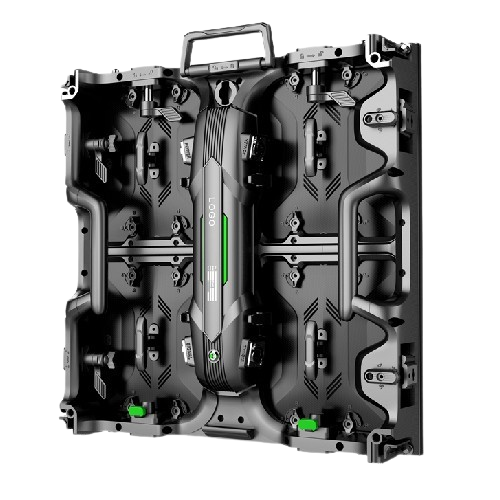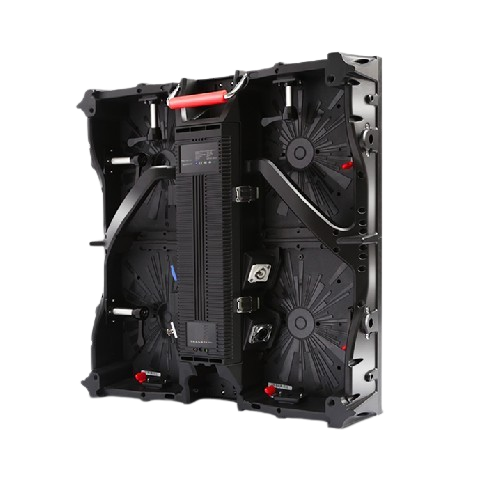Revolutionizing Visuals: The Ultimate Guide to LED Display Manufacturing
Introduction to LED Display Manufacturing
LED displays have become a ubiquitous part of modern visual technology, seen everywhere from billboards to smartphones. But how are these captivating screens made? In this comprehensive guide, we’ll dive deep into the intricate world of LED display manufacturing, exploring each step from conception to final product. By the end, you’ll have a thorough understanding of this fascinating process.
What is LED Display Manufacturing?
LED display manufacturing involves the production of screens that utilize light-emitting diodes (LEDs) to create stunning visuals. These LEDs are tiny semiconductor devices that emit light when an electric current passes through them. Unlike traditional display technologies, LED displays offer superior brightness, contrast, and energy efficiency.
The Importance of LED Displays in Modern Technology
In today’s digital world, LED displays play a critical role in various applications:
- Advertising: High-definition LED billboards and signage capture consumer attention more effectively.
- Consumer Electronics: From smartphones to televisions, LED displays deliver vibrant visuals and improved energy efficiency.
- Public Information: LED displays are used in public transportation, airports, and other venues to provide real-time information.
The LED Display Manufacturing Process
1. Conceptualization and Design
Before the manufacturing process begins, a detailed design and plan for the LED display are created. This includes:
- Defining the display’s purpose and audience
- Selecting the appropriate LED type and specifications
- Creating schematics and 3D models of the display
2. Material Selection
Choosing the right materials is crucial for high-quality LED displays. Key materials include:
- LED Components: High-efficiency LEDs form the core of the display.
- Substrates: The base layer upon which the LEDs are mounted, often made of glass or printed circuit boards (PCBs).
- Encapsulation Materials: Protect the LEDs from environmental factors, such as moisture and dust.
3. LED Chip Production
The production of LED chips is a complex and precise process:
- Semiconductor Fabrication: The LED chips are fabricated from semiconductor materials, typically gallium arsenide (GaAs) or gallium nitride (GaN).
- Dicing: The semiconductor wafer is diced into individual LED chips.
- Testing: Each chip undergoes rigorous testing to ensure it meets quality standards.
4. Mounting and Bonding
The individual LED chips are then mounted onto the chosen substrate:
- Placement: Automated machines place the LED chips with high precision.
- Bonding: Electrically conductive adhesive or solder is used to bond the chips to the substrate.
5. Encapsulation and Protection
Encapsulation materials, such as epoxy resin, are applied to protect the LEDs from environmental factors:
- Reflow Soldering: A reflow oven cures the encapsulation material, securing the LEDs in place.
- Coating: Additional protective coatings may be applied to enhance durability.
6. Assembly and Integration
The encapsulated LED modules are assembled to create the final display:
- Electrical Integration: The LED modules are connected to the control circuitry.
- Structural Assembly: The modules are mounted onto a structural frame or housing.
7. Quality Control and Testing
A series of rigorous tests ensures the quality and reliability of the LED display:
- Visual Inspection: Check for defects in LEDs and assembly.
- Electrical Testing: Ensure proper functionality and performance.
- Environmental Testing: Evaluate performance under various conditions (e.g., temperature, humidity).
8. Packaging and Shipping
Once the LED display passes all quality checks, it is packaged and prepared for shipment:
- Protective Packaging: Cushioning materials prevent damage during transit.
- Shipping Logistics: Coordinating with carriers for timely delivery.
Innovations in LED Display Manufacturing
Recent advancements have significantly improved the capabilities and applications of LED displays:
- MicroLED Technology: Offers finer pixel pitch and higher resolution.
- Flexible LED Displays: Allow for curved and foldable screens.
- Transparent LED Screens: Provide unobstructed views while displaying information or advertisements.
- Sustainable Manufacturing: Focus on eco-friendly materials and processes.
Challenges in LED Display Manufacturing
Despite the advancements, LED display manufacturing faces several challenges:
- Cost: High-quality materials and precision processes can be expensive.
- Complexity: The intricate manufacturing stages require advanced technology and skilled labor.
- Environmental Impact: Minimizing waste and energy consumption is crucial.
Future Trends in LED Display Manufacturing
The future of LED display manufacturing looks promising with several key trends:
- Integration of AI: Using artificial intelligence to optimize manufacturing processes and improve quality control.
- Advanced Materials: Developing new materials that enhance LED performance and durability.
- Smart Displays: Incorporating IoT technology for interactive and connected displays.
Conclusion
Understanding the LED display manufacturing process reveals the intricate care and advanced technology involved in creating the exceptional visuals we see today. From conceptualization to consumer, each step is critical in producing high-quality LED displays. As innovations continue to emerge, the future of LED technology looks brighter than ever.

